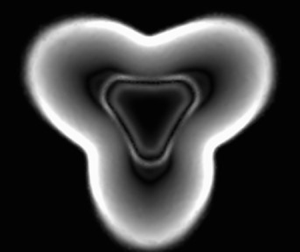No CrossRef data available.
Article contents
Gas-dynamic and mixing analysis of under-expanded hydrogen jets: effect of the cross section shape
Published online by Cambridge University Press: 29 August 2023
Abstract

Green hydrogen is expected to have a key role in the transition towards a carbon-neutral society, particularly in the transportation sector. Exploration of novel solutions for the direct injection of hydrogen in internal combustion engines (ICEs) is a main topic for both academia and industry. Here, the authors explore the gas-dynamic and mixing features of hydrogen under-expanded jets exiting from non-axisymmetric cross-sections, with the aim to provide guidelines for designing novel generations of ICE hydrogen injectors. Triangular and star shapes have been compared with elliptical and rectangular sections with different aspect ratios. Differences in the shock wave systems are reported, and explanations of the gas-dynamic mechanisms developed by each section are proposed. Non-uniformity in the radial expansion of the jet boundary has been noticed in all of the non-axisymmetric sections, leading to an axis switching of the jet in some cases. Differences in the radial mixing and axial jet penetration have been reported too, and a robust correlation with the vorticity distribution along the jet boundary has been observed.
JFM classification
- Type
- JFM Papers
- Information
- Copyright
- © The Author(s), 2023. Published by Cambridge University Press





